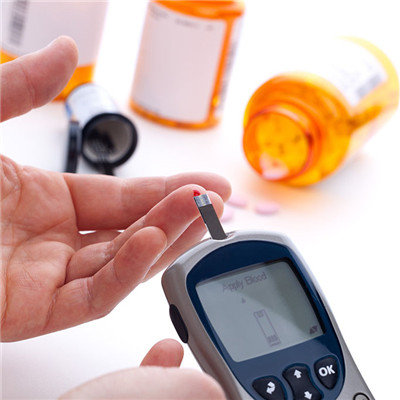Symptoms of hypoglycemic ketoacidosis?
summary
Diabetic ketoacidosis is no stranger to diabetic patients. It is the most serious clinical manifestation of insulin deficiency in diabetic patients. It is most common in patients with type 1 diabetes. The common causes include insufficient insulin consumption, infection, stroke, myocardial infarction, trauma, pregnancy and other physiological or pathological stress states. Diabetic ketoacidosis refers to the relative or absolute lack of insulin or excessive secretion of insulin resistance hormone, which leads to the increase of blood glucose, the appearance of ketones in blood or urine and metabolic acidosis. Symptoms of hypoglycemic ketoacidosis? Let's talk about it.
Symptoms of hypoglycemic ketoacidosis?
The clinical manifestation of diabetic ketoacidosis is directly related to its metabolic disorder. Hyperglycemia can cause osmotic diuresis, hypotension and tachycardia. Ketemia can cause acidosis, myocardial inhibition, vasodilation and compensatory deep breathing. The patient's exhaled breath presents a characteristic rotten apple aroma, which is produced by the oxidation of ketone body to acetone.

For patients with severe diabetic ketoacidosis, experienced doctors will know that diabetic ketoacidosis may have occurred. In severe cases, coma often occurs. Sometimes, this kind of patient can also appear abdominal pain, nausea and vomiting, inexperienced young doctors sometimes mistake it for acute abdomen based on abdominal tenderness. If the body temperature rises, it may be combined with urinary tract or respiratory tract infection.

During laboratory examination, it is often found that blood glucose (> 300 mg / dl), blood ketone body and urine ketone body increase significantly. If the arterial blood gas test (HCO3 < 15 mmol / L and pH < 7.3) is performed again, the diagnosis will not be a big problem. Elderly patients with diabetic ketoacidosis must have ECG examination, because patients with diabetic ketoacidosis often have painless myocardial ischemia or myocardial infarction.

matters needing attention
When the blood glucose dropped to 250 mg / dl, the infusion of normal saline solution should be replaced by 5% glucose saline solution with insulin. Blood glucose, potassium and bicarbonate should be monitored in all patients treated with insulin until recovery. In order to avoid complications in the process of treatment. Especially in young people, the main complication during treatment is brain edema.















